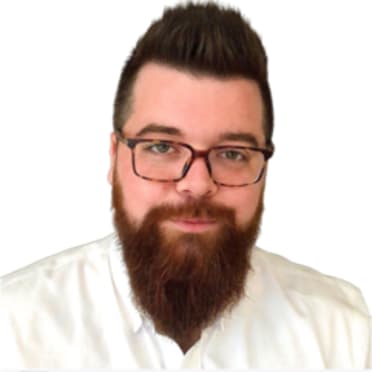This story was excerpted from Keegan Matheson's Blue Jays Beat newsletter. To read the full newsletter, click here. And subscribe to get it regularly in your inbox.
TORONTO -- The Blue Jays want to talk about the future of their pitching development, not its past. There are two reasons for that.
Success stories haven¡¯t come often enough on that front, and even when they have, those stories haven¡¯t lasted. Alek Manoah¡¯s meteoric rise was soon derailed by struggles and, eventually, Tommy John surgery. Last season, top pitching prospects Ricky Tiedemann (Blue Jays' No. 4 prospect), Landen Maroudis (No. 8) and Brandon Barriera (No. 14) all underwent surgery, too.
This felt like a crisis, but when the Blue Jays stepped back and assessed things this offseason, they didn¡¯t find many commonalities flashing red, nor did they find an abnormal number of serious arm injuries across their system. The profile of the names brought more attention to it than there normally would be, which is understandable, but regardless, the situation has played a part in the organization¡¯s new pitching philosophy.
This brings us to the second reason. Under new Minor League pitching director Justin Lehr, Toronto is taking a new approach. That starts with an identity, and after some years spent without a clearly-defined identity, Lehr has a vision for what a Blue Jays pitching prospect will look like.
¡°Ownership of the strike zone,¡± Lehr said. ¡°As smart as we can be, if we¡¯re not pitching in good counts, it¡¯s really difficult to make adjustments to damage or suppress runs with free passes. Our mantra has been that we own the zone first, before we get technical in terms of pitch design and things like that.¡±
Before it gets to technology, biomechanics and other words with four-plus syllables, it¡¯s about the basics.
¡°Being in good counts is the foundation to success,¡± Lehr said. ¡°I know that sounds really traditional, but the reality is that even in the big leagues, you can¡¯t outrun being in bad counts.¡±
Lehr pitched parts of four seasons in the big leagues and last pitched professionally in Mexico in 2012. With his playing career done, Lehr went back to USC, where he¡¯d played his college ball, to finish his degree in sociology. His sister lived nearby in Long Beach, Calif., and he stayed with her family for a time. They were tight on space, though, so Lehr spent the weekdays living in a converted Chevrolet camper van parked in the driveway that he ballparked as a 1978 model. It wasn¡¯t level. It wasn¡¯t exactly comfortable, either, but it got him through.
At USC, Lehr needed to work eight hours a week with the athletic department, so he stayed involved. That following January, he began working with the Astros. Soon after, he joined the Royals in scouting from 2014-17. Most recently, he was with the Giants, overseeing much of their pitching development. By this offseason, Lehr was in demand. Many with the Blue Jays, director of player development Joe Sclafani included, were thrilled to land him.
Lehr¡¯s vision for pitching development in Toronto involves some patience, letting a young player¡¯s pitches ride and then picking the right spot to step in. It¡¯s something Sclafani echoed throughout camp.
¡°With our last Draft class from last year, each one of those guys has at least one 'now' pitch. A lot of them have big fastballs,¡± Sclafani said. ¡°We felt like we¡¯ve done a decent job helping them experiment with new pitches. We¡¯re not rewriting things or starting from ground zero, but it¡¯s a renewed focus on some of the nuances.¡±
Those nuances involve picking the right spot to step in. Lehr sounds eager to let a young pitcher ride -- as long as he¡¯s owning the zone -- and not step in right away to tinker and chase velocity. Owning the zone comes first. Then, when the foundation is built, you get to have some fun. He believes this will solve some of the health issues, too.
¡°With where velocity is in today¡¯s game, you have to be absolutely on the details of our pitchers¡¯ programming and their recovery. I view velocity building as a very holistic thing,¡± Lehr explained. ¡°You have to come at it from all angles of training, optimizing the delivery and helping guys be as efficient as possible. Hopefully, that can help keep more guys on the field. I think where I¡¯ve made mistakes in my past is leveraging one tool or one approach really heavily in terms of trying to improve velo and do it quickly.¡±
Yes, that takes time, but Lehr believes it¡¯s worth it. The results can take time, too, but a new identity demands a fresh start, and from speaking with pitchers and coaches throughout the organization, this new direction is an encouraging one.

